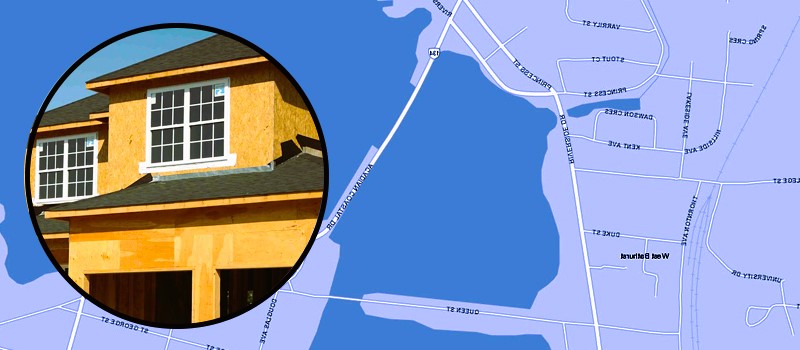
Building permits and codes play a crucial role in the construction industry, ensuring the safety, quality, and compliance of buildings in Canada. These regulations are put in place to protect the public and the environment, and to ensure that construction projects meet certain standards. In this article, we will explore the importance of building permits and codes in Canadian construction.
Building permits are official documents issued by local government authorities that authorize the construction, renovation, or demolition of a building. They serve as a legal authorization for construction projects and are typically required for any significant construction work. Building codes, on the other hand, are sets of regulations that specify the minimum requirements for the design, construction, and maintenance of buildings. They cover various aspects such as structural integrity, fire safety, accessibility, electrical and plumbing systems, and energy efficiency.
One of the primary reasons for the existence of building permits and codes is to ensure the safety of occupants and the general public. Construction projects must adhere to specific safety standards to minimize the risk of accidents, injuries, and structural failures. Building codes provide guidelines for structural stability, fire-resistant materials, proper ventilation, and other safety measures. By enforcing these codes, authorities can ensure that buildings are constructed in a manner that mitigates potential hazards and protects human lives.
Building permits and codes also contribute to the overall quality of construction projects. They establish minimum standards for materials, workmanship, and construction techniques. By enforcing these standards, authorities can ensure that buildings are built to withstand normal wear and tear, environmental factors, and the test of time. Compliance with building codes can result in well-constructed buildings that are durable, functional, and aesthetically pleasing. Insulation and energy saving, what role do windows play.

Moreover, building permits and codes help maintain uniformity and consistency in the construction industry. They provide a framework for architects, engineers, contractors, and other professionals involved in the construction process to follow. By having standardized regulations in place, it becomes easier to assess the quality of construction work, compare different projects, and ensure that all stakeholders are on the same page. This consistency fosters accountability and transparency in the construction industry.
In addition to safety and quality considerations, building permits and codes also address environmental concerns. Many building codes now incorporate provisions for energy efficiency, sustainable materials, and environmentally friendly construction practices. These requirements promote the use of renewable energy sources, reduce waste and pollution, and encourage the adoption of green building principles. By adhering to these codes, construction projects can contribute to a more sustainable and eco-friendly built environment.
It is essential for construction professionals and property owners to recognize the significance of building permits and codes. Failure to obtain the necessary permits or comply with the codes can result in legal consequences, fines, or even the suspension of construction activities. Additionally, non-compliant buildings may face difficulties in obtaining insurance coverage or selling the property in the future. By following the proper procedures and adhering to the regulations, construction projects can avoid unnecessary complications and ensure that they meet the required standards.
In conclusion, building permits and codes are vital elements of the construction industry in Canada. They provide a framework for safety, quality, and compliance, ensuring that buildings are constructed to meet specific standards. By following these regulations, construction professionals contribute to the well-being of occupants, the environment, and the overall integrity of the built environment. It is crucial for all stakeholders in the construction process to understand and abide by these regulations to create safer, higher quality, and more sustainable buildings.






